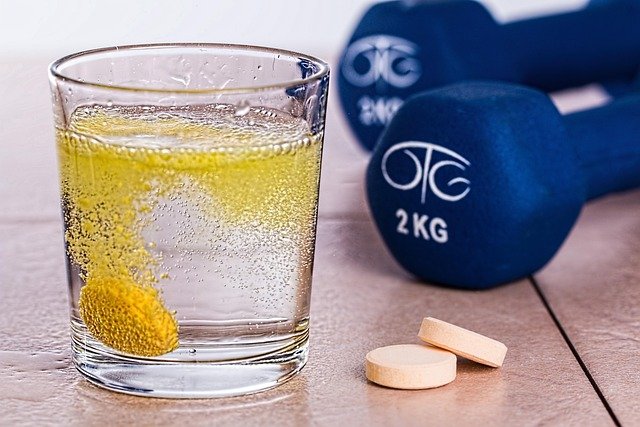Short resistance sessions that fit into busy schedules
Short, focused resistance sessions can be a realistic way to maintain strength and mobility when time is limited. This article explains how brief workouts—planned around priorities like posture, recovery, nutrition, and hydration—can be effective, sustainable, and easy to slot into a busy day without sacrificing long-term progress or daily wellbeing.

How can short sessions build strength?
Short resistance sessions can meaningfully improve strength when they emphasize progressive overload, movement quality, and consistency. Focus on compound movements—squats, deadlifts, push variations, rows—using sets that challenge you within a 10–20 minute window. Manipulate intensity by adjusting load, rep tempo, or limiting rest between sets. Track one or two metrics per session (e.g., reps at a given weight or time under tension) so incremental progress is measurable. Over weeks, several 15-minute sessions can add up to similar weekly volume as fewer long sessions, making strength gains realistic even with constrained schedules.
Can quick sessions improve mobility and flexibility?
Brief mobility work before or after resistance sets helps maintain joint range and reduce stiffness. Use 5–10 minute sequences targeting hips, thoracic spine, and shoulders—areas that commonly tighten from sitting. Combine dynamic mobility drills with short static holds for flexibility when appropriate. Integrating a few mobility cues into warm-ups for each short workout preserves movement quality under load and reduces injury risk. Regular short bursts of focused mobility are more effective for long-term flexibility than infrequent long sessions, especially when performed consistently throughout the week.
How do short workouts affect posture and ergonomics?
Short resistance sessions can support better posture by strengthening the posterior chain, scapular stabilizers, and core muscles. Prioritize exercises that encourage upright alignment—rows, face pulls, hip-hinge patterns, and planks—in quick circuits to counteract prolonged sitting. Pair workouts with simple ergonomic adjustments at work: chair height, monitor level, and frequent micro-breaks to stretch. When short workouts are scheduled regularly, they provide ongoing reinforcement for postural muscles, making ergonomic habits easier to maintain throughout the day.
Do brief routines support sleep and recovery?
Well-structured short routines can improve sleep and recovery if timed and dosed appropriately. Moderate-intensity resistance work earlier in the day supports restorative sleep for many people; intense sessions close to bedtime may be stimulating for some. Include cool-down routines and breathing exercises to promote relaxation. Recovery also depends on sleep quality, so use short workouts to manage stress and energy expenditure without creating excessive fatigue. Consistent, manageable sessions are less likely to disrupt recovery compared with sporadic, overly intense training.
How should nutrition and hydration complement sessions?
Nutrition and hydration are central to getting the most from brief resistance sessions. Ensure protein intake is distributed across meals to support muscle repair and maintenance; a small protein-rich snack after a short workout can aid recovery. Carbohydrate timing around sessions helps sustain performance for higher-intensity bursts. Hydration before and after a session preserves performance and recovery—aim for routine fluid intake rather than relying on large volumes immediately before exercise. Simple, balanced meals and consistent hydration habits make short sessions more productive and sustainable.
What skincare ingredients and metabolism links matter?
Skin benefits from exercise through improved circulation and stress reduction, but skincare should be complementary to your routine. After workouts, cleanse gently to remove sweat and impurities; ingredients like hyaluronic acid support hydration while niacinamide can soothe irritation. Metabolism is supported by preserving lean mass through resistance work: even short sessions help maintain metabolic rate when combined with adequate protein and overall activity. Avoid heavy, occlusive products immediately after training and prioritize lightweight, hydrating formulations to let skin recover after sweat and movement.
Conclusion
Short resistance sessions, when planned with clear priorities—strength progression, mobility maintenance, posture support, sensible timing for sleep and recovery, and complementary nutrition and hydration—provide a practical path to steady improvements. Focus on consistency, measurable progress, and small habit changes that fit into daily life. Over time, these compact workouts add up to meaningful gains in performance, function, and daily wellbeing without demanding large time commitments.





